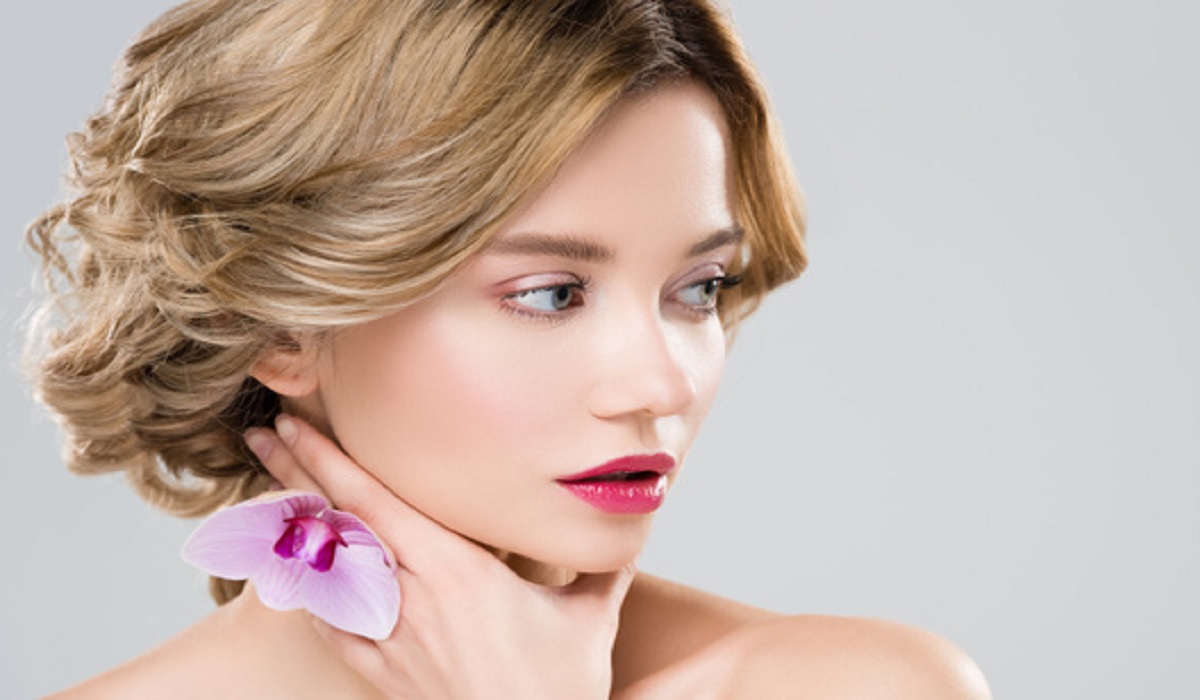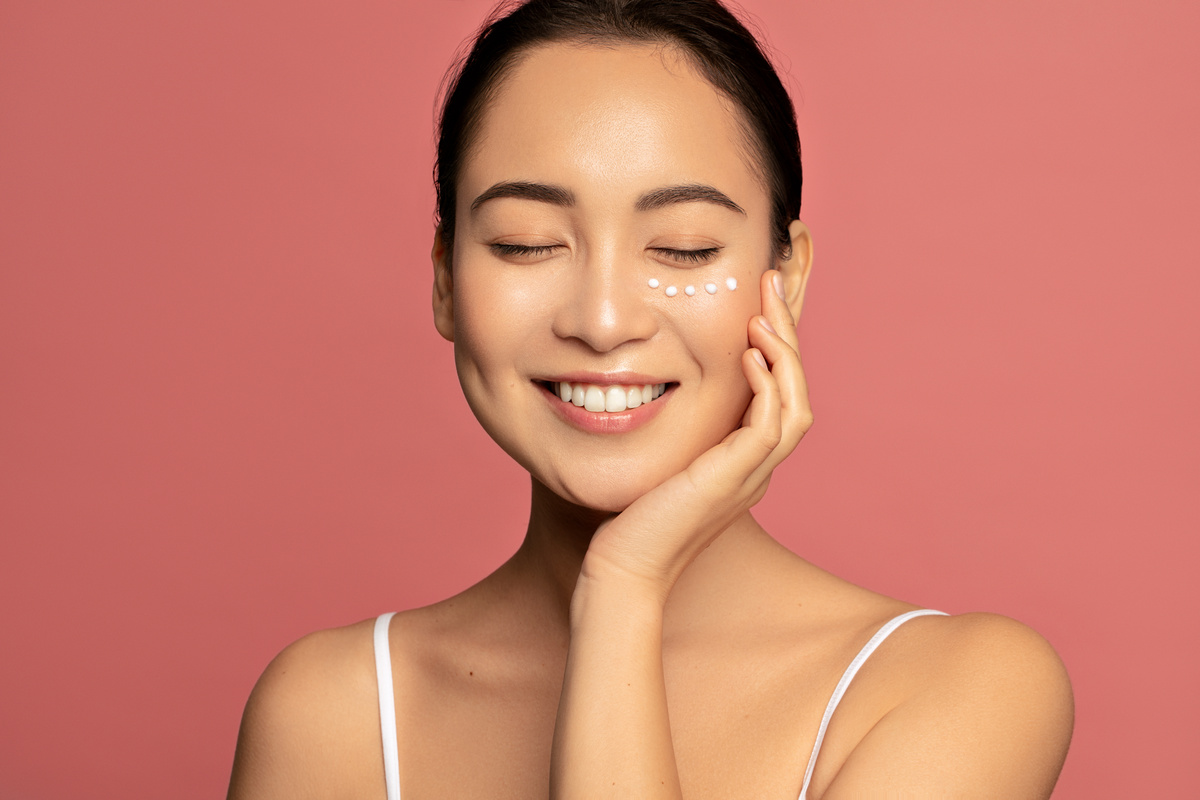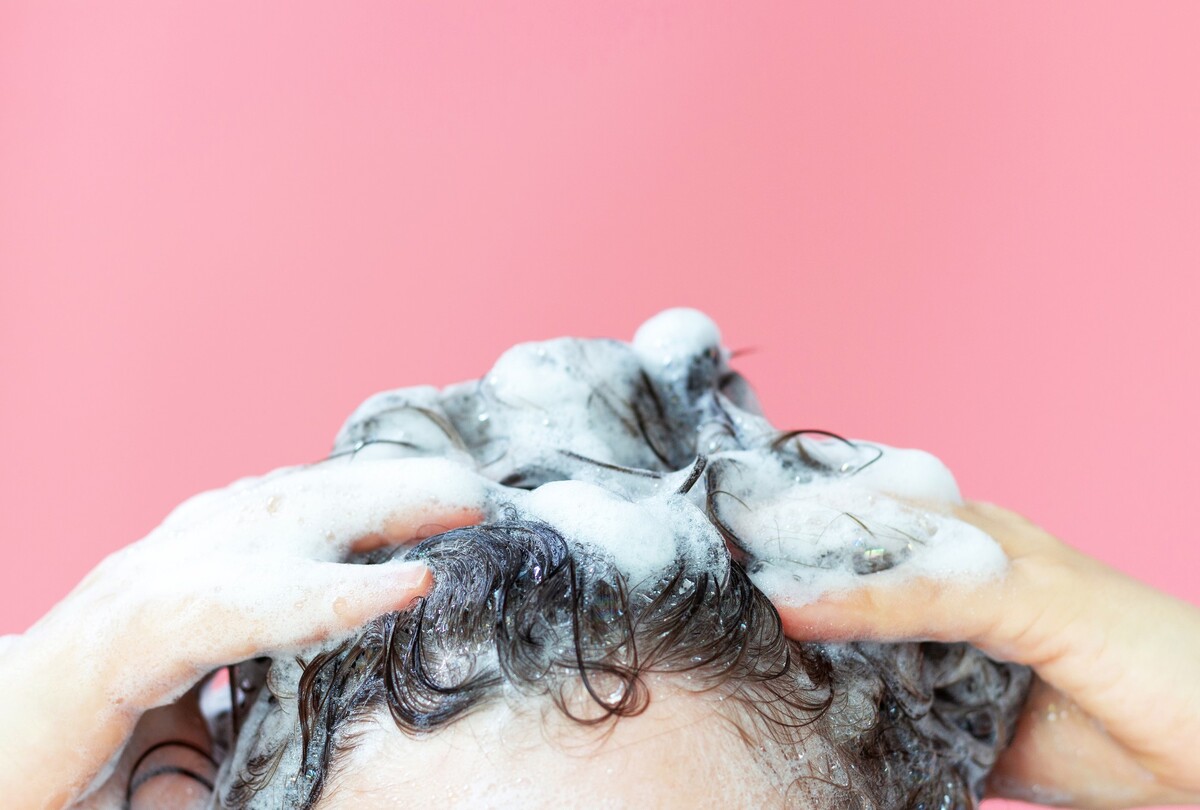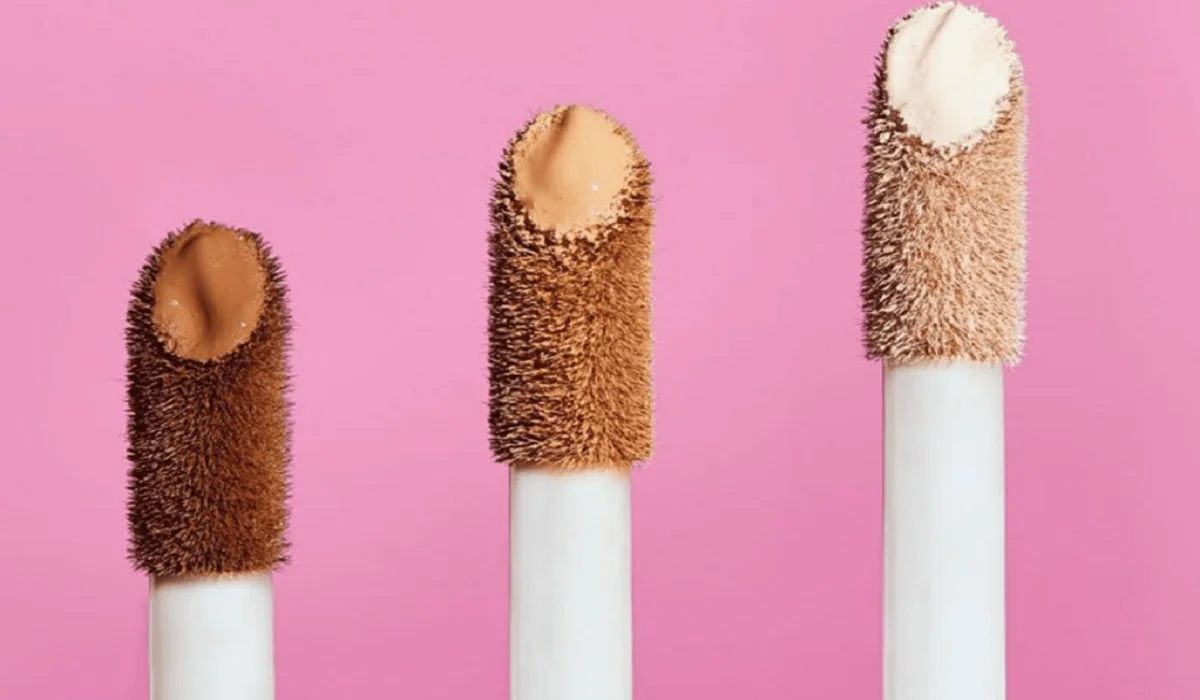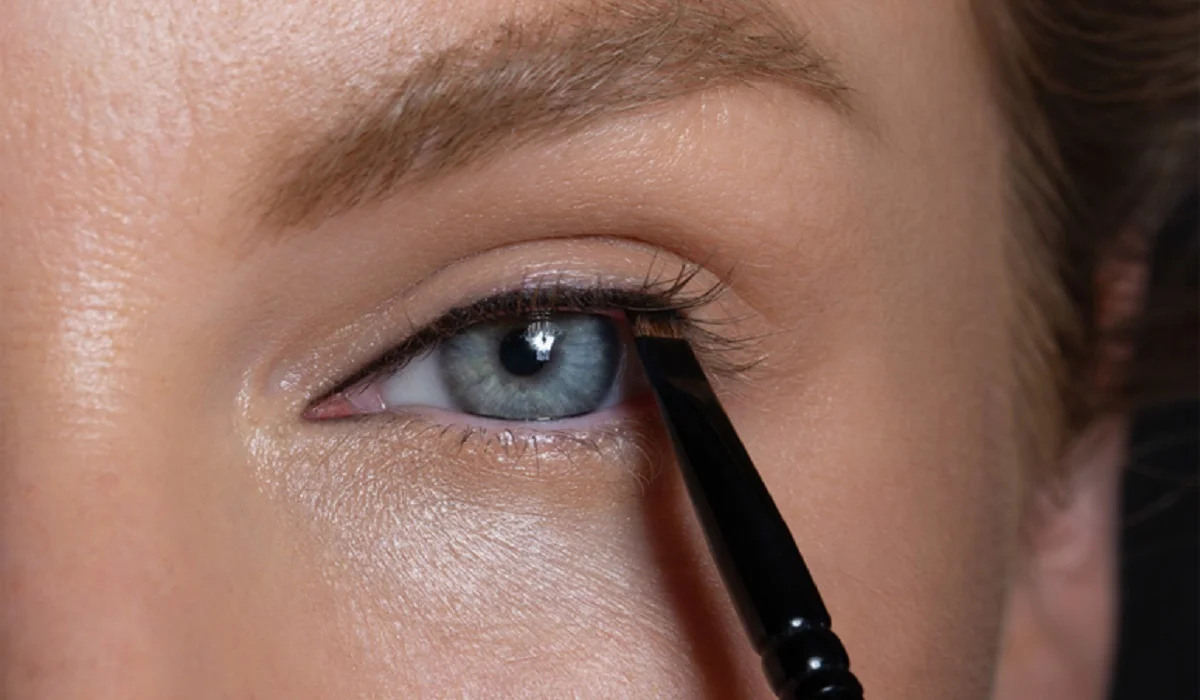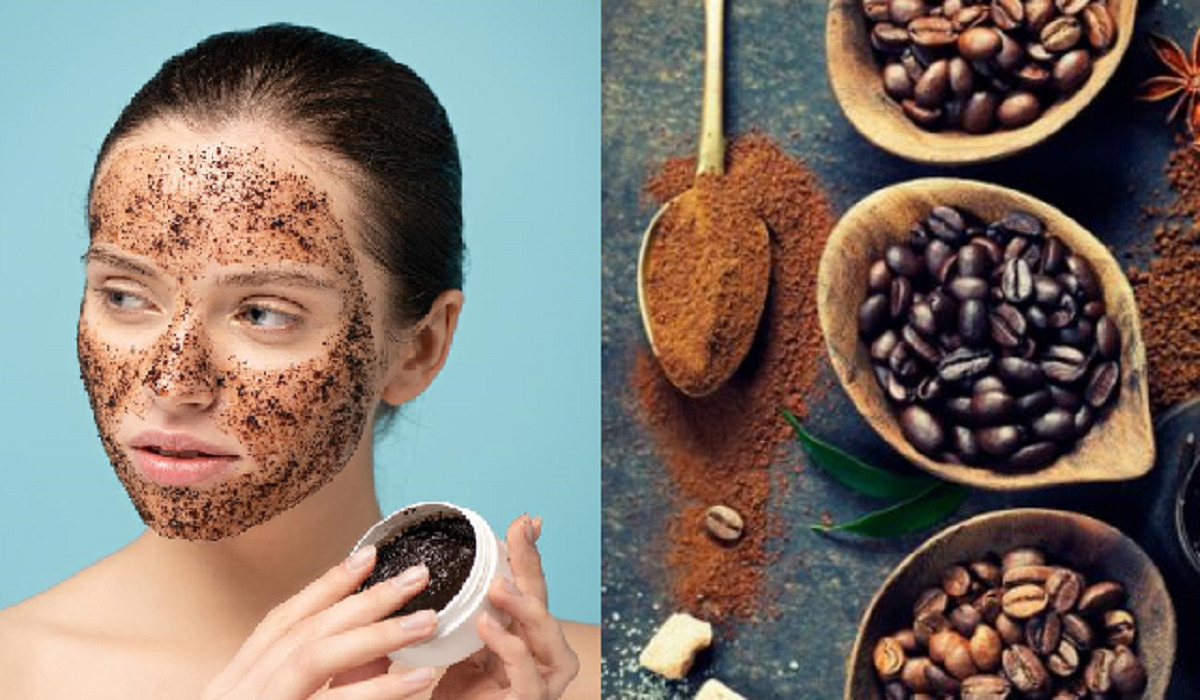
Contouring and highlighting are makeup techniques that have the power to transform your facial features, enhancing your natural beauty by creating dimension and radiance. However, achieving the perfect contour and highlight requires an understanding of your face shape and how to work with its unique angles and proportions. Every face is distinct, and mastering the art of contouring and highlighting for your specific face shape can make all the difference. In this guide, we’ll delve into the world of contouring and highlighting, providing you with expert insights and step-by-step instructions to achieve a sculpted and radiant look that complements your individual face shape.
The Importance of Contouring and Highlighting
Contouring involves using darker shades to create shadows, while highlighting uses lighter shades to bring areas forward. By strategically applying these shades, you can reshape and accentuate your facial features, achieving the illusion of more defined cheekbones, a slimmer nose, and a lifted appearance. These techniques are particularly valuable in photography and special events, as they enhance the three-dimensional aspect of the face and create stunning visual effects.
Understanding Different Face Shapes
Before diving into the contouring and highlighting process, it’s crucial to determine your face shape. Common face shapes include:
- Oval: Forehead slightly wider than the chin, with gently rounded hairline and jawline.
- Round: Soft, circular shape with similar width and length, lacking prominent angles.
- Heart: Broad forehead, defined cheekbones, and narrow chin.
- Square: Prominent jawline and forehead, with a strong, angular appearance.
- Diamond: Defined cheekbones, narrow forehead, and jawline with a pointed chin.
- Long (Oblong): Elongated shape with a tall forehead and balanced width along the cheeks and jawline.
- Triangle (Pear): Narrow forehead, wider cheekbones, and a pronounced jawline.
Contouring and Highlighting for Different Face Shapes
Understanding your face shape is the first step to creating a tailored contouring and highlighting routine. Here’s a comprehensive guide for each face shape:
1. Oval Face Shape
Contouring: Apply contour shade along the sides of the forehead, under the cheekbones, and along the jawline to add subtle definition without overemphasizing angles.
Highlighting: Focus on the center of the forehead, tops of cheekbones, and center of the chin to enhance your naturally balanced features.
2. Round Face Shape
Contouring: Apply contour shade along the sides of the forehead, under the cheekbones, and along the jawline to create the illusion of more angular features.
Highlighting: Focus on the center of the forehead, tops of cheekbones, and center of the chin to add vertical dimension and elongate the face.
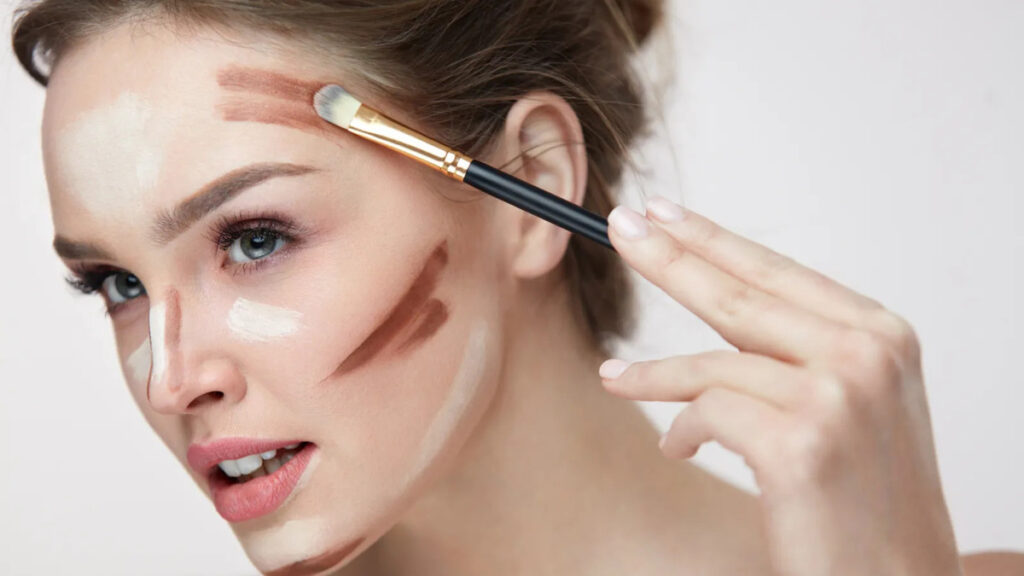
3. Heart Face Shape
Contouring: Apply contour shade along the sides of the forehead, under the cheekbones, and along the jawline, softening the forehead’s width.
Highlighting: Emphasize the center of the forehead, tops of cheekbones, and center of the chin to balance the narrower chin.
4. Square Face Shape
Contouring: Apply contour shade along the sides of the forehead, under the cheekbones, and along the jawline, focusing on softening angular features.
Highlighting: Highlight the center of the forehead, tops of cheekbones, and center of the chin to add softness and balance to the strong angles.
5. Diamond Face Shape
Contouring: Apply contour shade along the sides of the forehead, under the cheekbones, and along the jawline, aiming to minimize the width of the cheekbones.
Highlighting: Highlight the center of the forehead, tops of cheekbones, and center of the chin to create symmetry and balance between the forehead and chin.
6. Long (Oblong) Face Shape
Contouring: Apply contour shade along the sides of the forehead and under the cheekbones, focusing on minimizing the appearance of height.
Highlighting: Highlight the center of the forehead, tops of cheekbones, and center of the chin to add width and balance to the face.
7. Triangle (Pear) Face Shape
Contouring: Apply contour shade along the sides of the forehead, under the cheekbones, and along the jawline, aiming to minimize the width of the cheeks.
Highlighting: Emphasize the center of the forehead, tops of cheekbones, and center of the chin to draw attention upward and balance the face.
Contouring and Highlighting Techniques
- Choose the Right Products: Opt for matte contouring products that are one or two shades darker than your skin tone. Highlighting products should be a shade or two lighter and can have a subtle shimmer.
- Blend, Blend, Blend: Use a makeup sponge or brush to blend both contour and highlight shades seamlessly into the skin. Harsh lines can ruin the illusion of natural shadows and highlights.
- Natural Lighting: Apply and assess your makeup in natural lighting to ensure a balanced and well-blended result.
- Use the Right Tools: Contouring brushes with angled bristles work well for precise application, while fluffy brushes are ideal for blending.
- Set with Powder: Lightly set your contour and highlight products with translucent powder to ensure longevity.
Contouring and highlighting are powerful tools that allow you to emphasize your best features and enhance your face’s unique structure. By understanding your face shape and applying the appropriate contour and highlight techniques, you can create a sculpted and radiant look that enhances your natural beauty. Whether you have an oval, round, heart, square, diamond, long, or triangle face shape, this guide equips you with the knowledge and skills to craft a personalized makeup routine that accentuates your individuality. As you practice and refine your contouring and highlighting skills, you’ll discover the artistry behind creating a harmonious interplay of shadows and light that results in a stunning, confident, and beautifully sculpted appearance.


